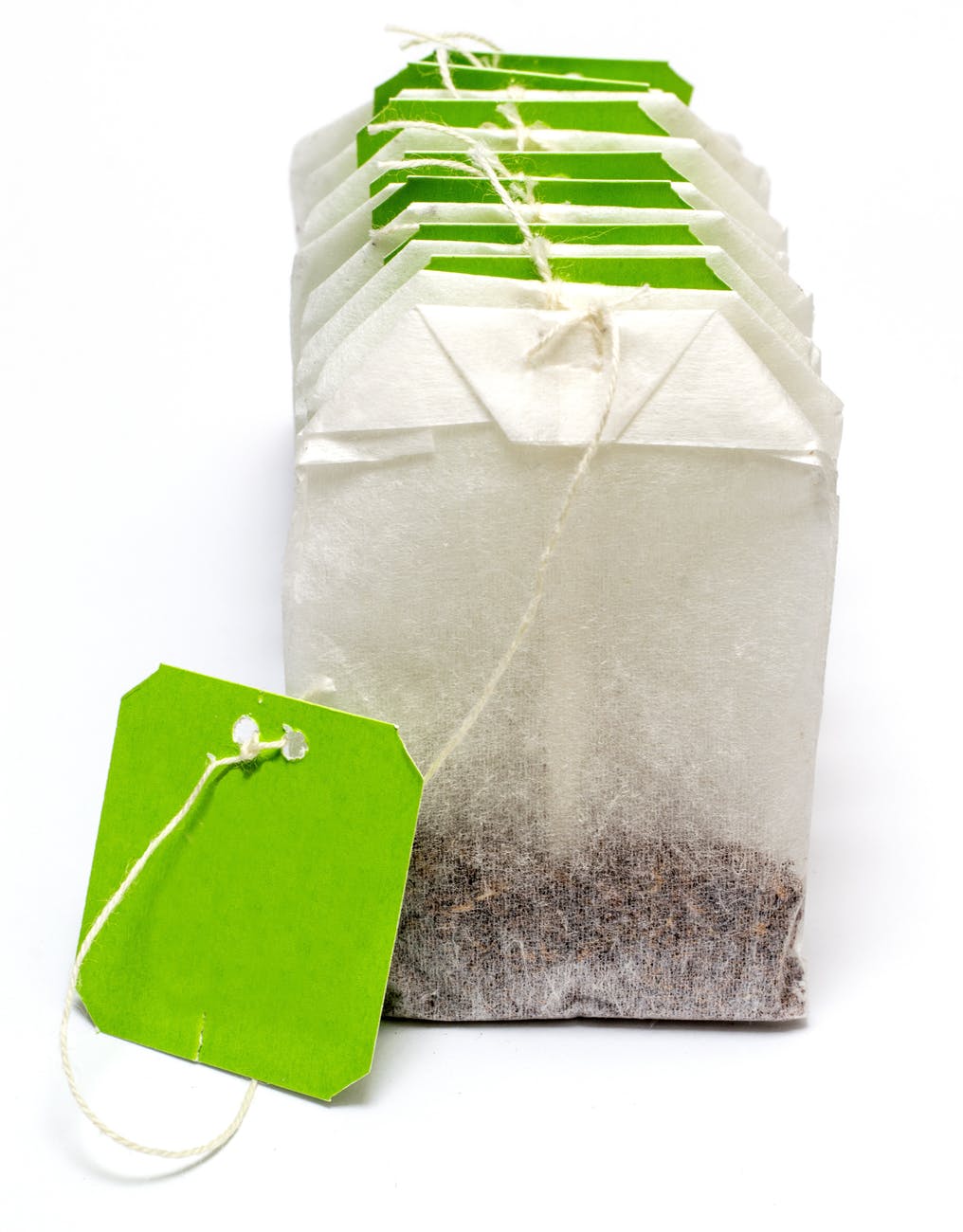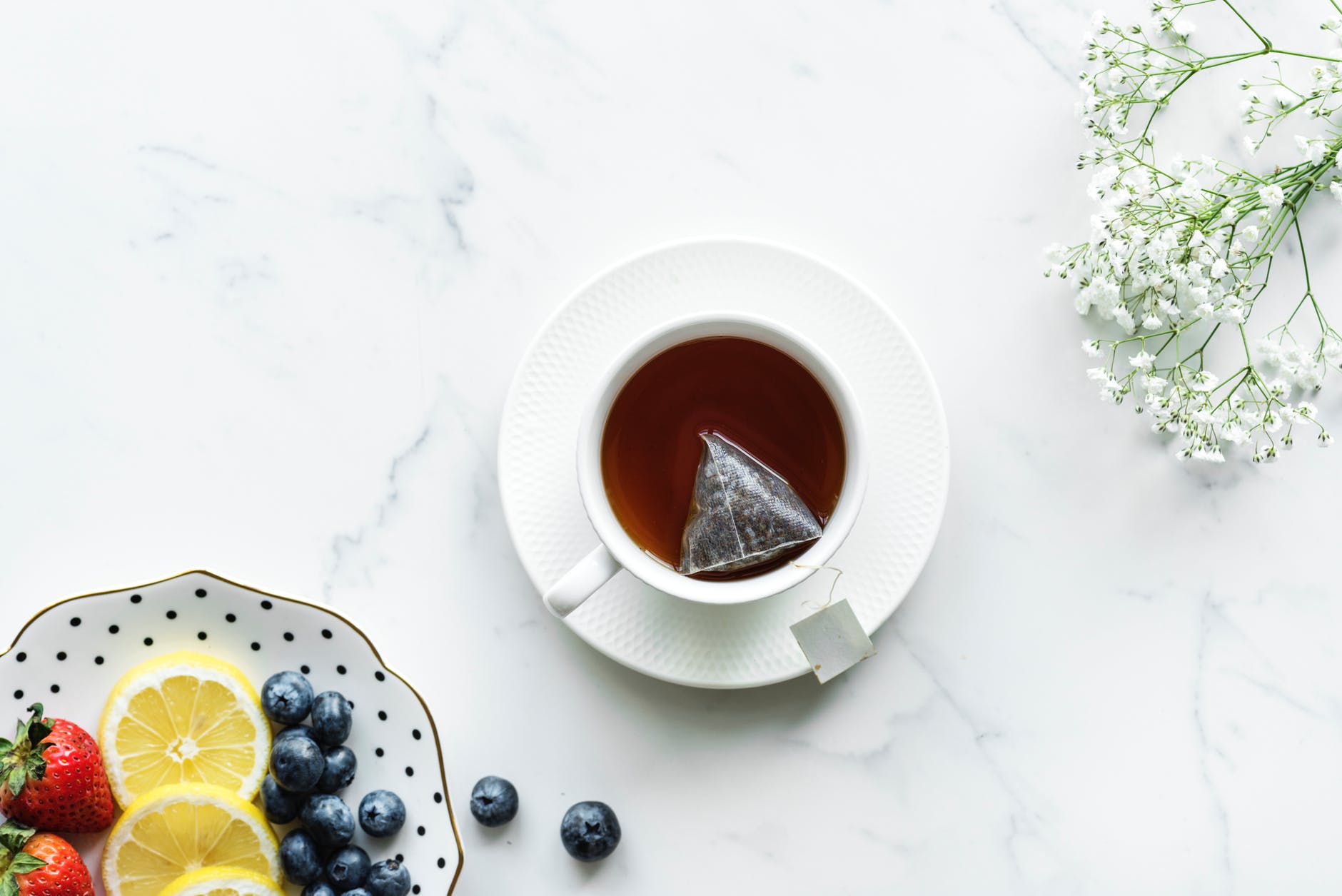Oops! I’m drinking micro plastic with my tea-by-Naseem sheikh

We’re gradually conscious of how plastic is polluting our atmosphere, and be the reason of a number of health and climatic hazards. Significant scientific attention has been now focused on how these notorious microplastics – tiny pieces ranging from 5 millimetres down to 100 nanometres in diameter – are migrated to seas and functioning their way into the aquatic creatures, to further food chain and food webs. Plants also badly affected due to disturbance in their nutrient absorption. Microfibers another source of plastic emerges from textiles like nylon and polyester. They often wash off clothes and enter the ecosystem through washing machine wastewater.
Humans consume microplastics via many channels. We might ingest them while eating seafood, breathe them in through the air, or consume food with trace amounts of its plastic packaging. Now, a new study in the journal Environmental Science and Technology says it's possible that humans may be consuming anywhere from 39,000 to 52,000 micro plastic particles a year. With added approximations of how much micro plastic might be inhaled, that number is more than 74,000. A new alarming news is that we are drinking microplastics and microfilaments via our routine wise tea beverages on daily bases.
We’re gradually conscious of how plastic is polluting our atmosphere, and be the reason of a number of health and climatic hazards. Significant scientific attention has been now focused on how these notorious microplastics – tiny pieces ranging from 5 millimetres down to 100 nanometres in diameter – are migrated to seas and functioning their way into the aquatic creatures, to further food chain and food webs. Plants also badly affected due to disturbance in their nutrient absorption. Microfibers another source of plastic emerges from textiles like nylon and polyester. They often wash off clothes and enter the ecosystem through washing machine wastewater.
Humans consume microplastics via many channels. We might ingest them while eating seafood, breathe them in through the air, or consume food with trace amounts of its plastic packaging. Now, a new study in the journal Environmental Science and Technology says it's possible that humans may be consuming anywhere from 39,000 to 52,000 micro plastic particles a year. With added approximations of how much micro plastic might be inhaled, that number is more than 74,000. A new alarming news is that we are drinking microplastics and microfilaments via our routine wise tea beverages on daily bases.
 Researchers at the American Chemical Society have found that plastic teabags can transfer billions of micro plastic particles into a beverage when it is brewed. Despite growing concern over micro plastic contamination, experts are still not clear how the particles may impact human health.
Researchers at the American Chemical Society have found that plastic teabags can transfer billions of micro plastic particles into a beverage when it is brewed. Despite growing concern over micro plastic contamination, experts are still not clear how the particles may impact human health.Plastic breaks down into tiny micro plastics over time, and then into even smaller nano plastics, which are less than 100 nanometers in size. In contrast, a human hair has a diameter of about 75,000 nanometers, which means that nano plastics are not even be noticeable to the human eye.
Some tea companies have recently made the switch from traditional paper teabags to plastic ones, and a team led by Nathalie Tufenkji set out to conclude whether these teabags may be discharging micro- and nano plastics into the beverage during brewing. The researchers also coveted to examine the effects of microscopic plastic particles on small aquatic organisms called Daphnia magna, or water fleas, which are generally used in environmental health research.
The study was focused on four different commercial teas packaged in plastic teabags, which were cut open to remove the tea leaves and washed. Next, the teabags were heated in flasks of water to simulate brewing situations.
Using electron microscopy, the team found that when a single plastic teabag reached brewing temperature, it released about 11.6 billion micro plastic and 3.1 billion nano plastic particles into the water. These levels are thousands of times higher than what has been previously reported in other foods.
At next experimental level, Daphnia magna, water fleas were treated with various doses of the micro- and nano plastics confined in the various teabags. While they did survive, the Daphnia magna, water fleas showed anomalous development and performance. According to the experts, further research is necessary to conclude if plastic particles could have more restrained or chronic effects on humans and other living beings.
Researchers at the American Chemical Society have found that plastic teabags can transfer billions of micro plastic particles into a beverage when it is brewed. Despite growing concern over micro plastic contamination, experts are still not clear how the particles may impact human health.
Plastic breaks down into tiny micro plastics over time, and then into even smaller nano plastics, which are less than 100 nanometers in size. In contrast, a human hair has a diameter of about 75,000 nanometers, which means that nano plastics are not even be noticeable to the human eye.
Some tea companies have recently made the switch from traditional paper teabags to plastic ones, and a team led by Nathalie Tufenkji set out to conclude whether these teabags may be discharging micro- and nano plastics into the beverage during brewing. The researchers also coveted to examine the effects of microscopic plastic particles on small aquatic organisms called Daphnia magna, or water fleas, which are generally used in environmental health research.
The study was focused on four different commercial teas packaged in plastic teabags, which were cut open to remove the tea leaves and washed. Next, the teabags were heated in flasks of water to simulate brewing situations.

Using electron microscopy, the team found that when a single plastic teabag reached brewing temperature, it released about 11.6 billion micro plastic and 3.1 billion nano plastic particles into the water. These levels are thousands of times higher than what has been previously reported in other foods.
At next experimental level, Daphnia magna, water fleas were treated with various doses of the micro- and nano plastics confined in the various teabags. While they did survive, the Daphnia magna, water fleas showed anomalous development and performance. According to the experts, further research is necessary to conclude if plastic particles could have more restrained or chronic effects on humans and other living beings.
Source https://wordpress.com/post/environmentdefencer.wordpress.com/915

Comments
Post a Comment